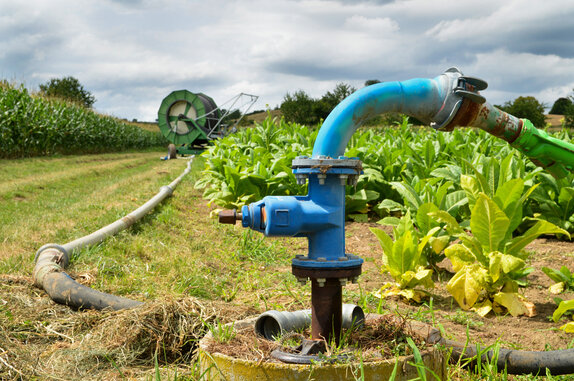Areas of application
Why are PU flat hoses from Gollmer & Hummel always stable in hose diameter? Why are inside and outside rubberized flat hoses from Gollmer & Hummel better than others?
PU flat hoses are used in various fields:
As different as these areas are, they place the same demands on hose construction and material:
Inside and outside rubberized flat hoses are mostly used in these fields:
Again, the requirements for the internally and externally rubberized flat hose are derived from its application:
PU is ...
Laboratory test adhesion - tensile test GH HILCOFLEX PU DRAG - hose diameter 127 mm (according to DIN EN ISO 8033:2006-11)
Adhesion outer cover:
Adhesion inner core:
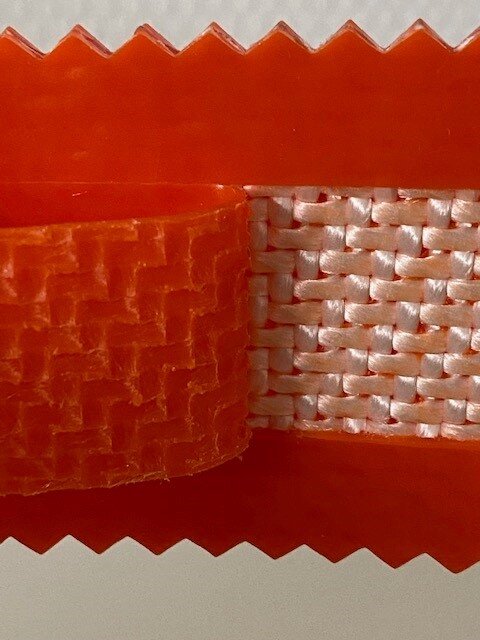
Quality starts with the yarn! We pay attention to first-class raw materials such as rubber/TPU-friendly polyester and polyamide (nylon). The yarn is loosely woven in the circular loom. High tensile values of the yarn contribute to the very good separation strength between inner core / textile insert / outer cover and to the flexibility of the finished hose.
In addition to nitrile rubber, the GH rubber compound consists of up to 20 other ingredients and additives. It is this compound that provides the required UV resistance, chemical resistance and abrasion resistance.
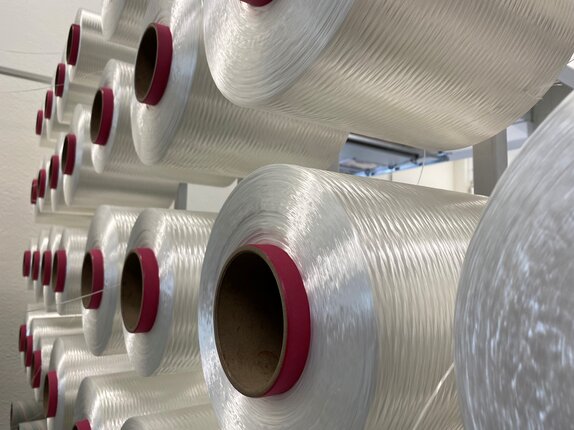
During extrusion at up to 150 bar pressure, in which the rubber or PU penetrates the loose woven fabric construction, the textile is meticulously centered. The outer layer and inner layer are thus equally thick and resistant at every point.
The textile layer, which is protected in this way in the best possible way, ensures the tensile strength of the hose. In addition, it effortlessly withstands natural abrasion, point loads as well as mechanical damage.
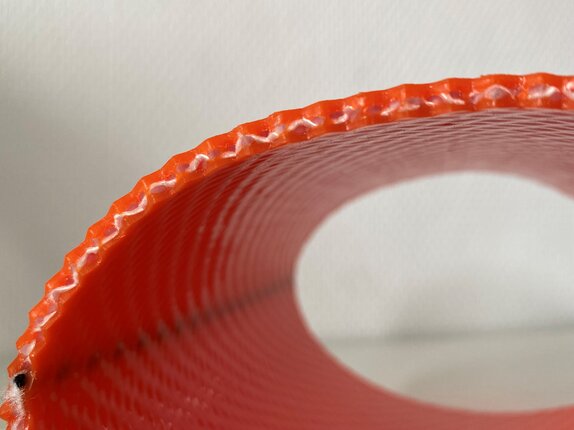
When the unvulcanized hose has cooled down after extrusion, the hose passes through a roller system that needles the outer cover. The needling does not pierce the hose or injure the fabric! What looks like a defect at first glance actually ensures the quality of the finished hose, because without this step, the vapors generated in the subsequent vulcanization would escape from the rubber compound in an uncontrolled manner. This could cause parts of the outer cover to detach.
The final step is the special GH Flatline vulcanization.
Clamped at both hose ends on a long track, the hoses are filled with hot steam for a certain time: Depending on the hose quality, this takes more than an hour. During the process, the steam pressure increases and is finally pressure tested with water (10 bar).
Only in the GH flatline vulcanization process does rubber develop its familiar material properties such as elasticity, springback and mechanical strength.
Even after years in use, a Gollmer & Hummel flatline hose rubberized inside and out remains supple and flexible.
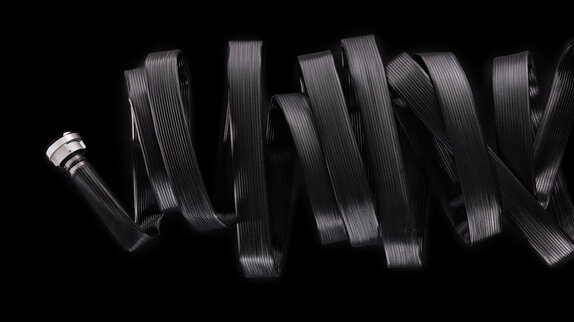
The extrusion of PU hoses is followed by a final decisive production step:
In the so-called GH normalization, the hose is optimally prepared for its task. It's as if new shoes didn't have to be broken in first, but fit like a glove immediately and forever.
The normalized hose convinces with smooth handling and a constant hose diameter from the first to the last use. This makes it easy to re-band a normalized hose if necessary. The normalized PU hose can be reeled up without bulking to save space.
